**The Scientific Method: Expanding Human Knowledge from Material Certainty to Abstract Profundity **
An In-depth Historical and Philosophical Analysis of the Evolution of Scientific Inquiry
Introduction
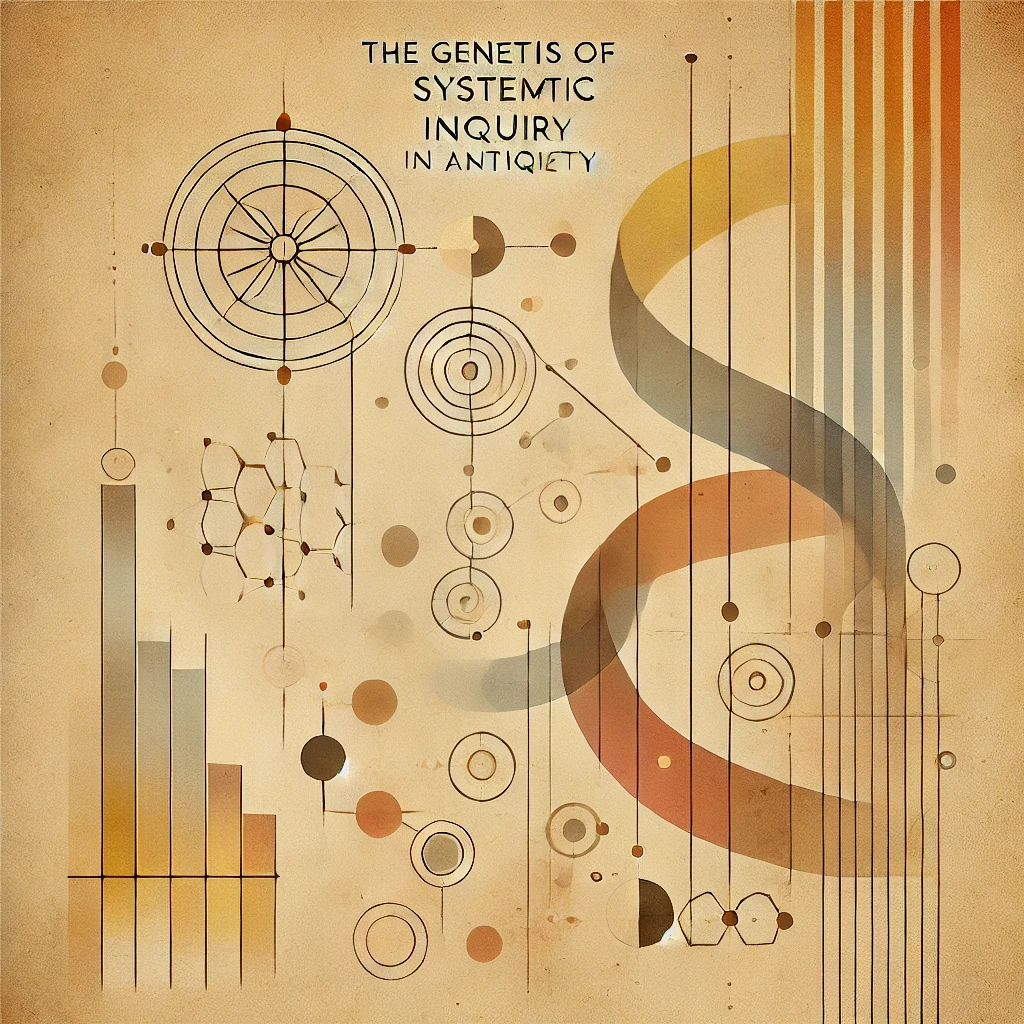
Esteemed Reader,
In the vast tapestry of human history, the scientific method has emerged as a formidable tool, one that has continually propelled our understanding from the concrete and observable to realms of abstract profundity. This essay endeavors to provide an exhaustive exploration of how the scientific method has served as the primary engine for human progress, driving our comprehension of the natural world from its material certainties to its intricate, often elusive, abstract truths. In tracing the historical development of scientific inquiry—from its embryonic roots in ancient civilizations to its sophisticated modern incarnations—we gain not only an appreciation for its transformative impact but also insights into the very nature of human curiosity and the quest for knowledge.
I. The Genesis of Systematic Inquiry in Antiquity
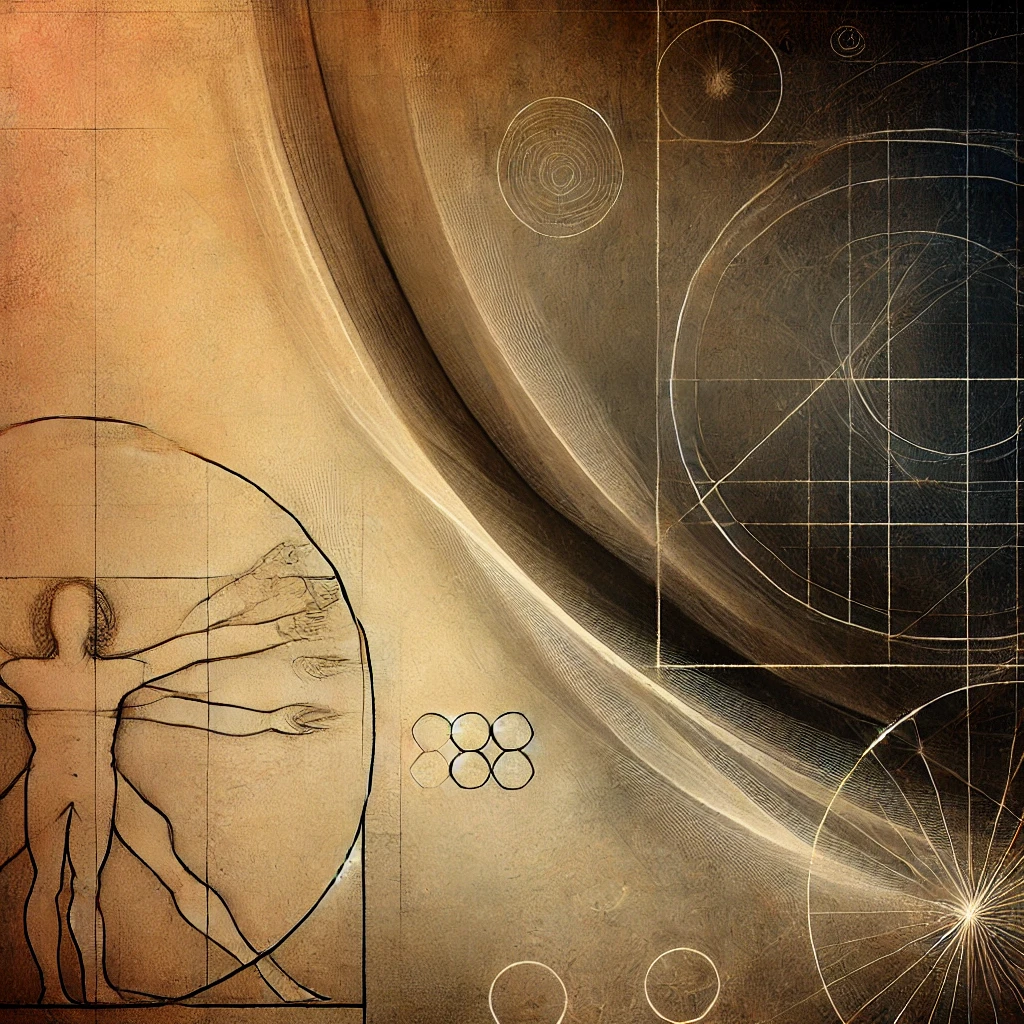
The roots of systematic inquiry can be discerned in the intellectual traditions of ancient civilizations. In early Mesopotamia and Egypt, empirical observation laid the groundwork for practical applications in astronomy, medicine, and engineering. However, it is in ancient Greece that we encounter the first discernible attempt to codify a method of rational investigation. Philosophers such as Thales, Pythagoras, and later, Socrates and Plato, began to probe the underlying principles of natural phenomena. While their methods were not scientific in the modern sense, they introduced the notion that nature was governed by intelligible laws—a concept that would eventually evolve into the cornerstone of scientific thought.
Aristotle, whose work dominated Western intellectual life for centuries, exemplified the transition from mythos to logos. His method of categorizing observations and deducing principles from empirical data, though intertwined with metaphysical speculations, was an early form of the systematic approach to understanding nature. Despite the limitations imposed by the lack of experimental rigor and the overreliance on deductive reasoning from seemingly self-evident premises, the Aristotelian tradition planted the seeds for later empirical methodologies.
II. The Renaissance and the Dawn of the Scientific Revolution
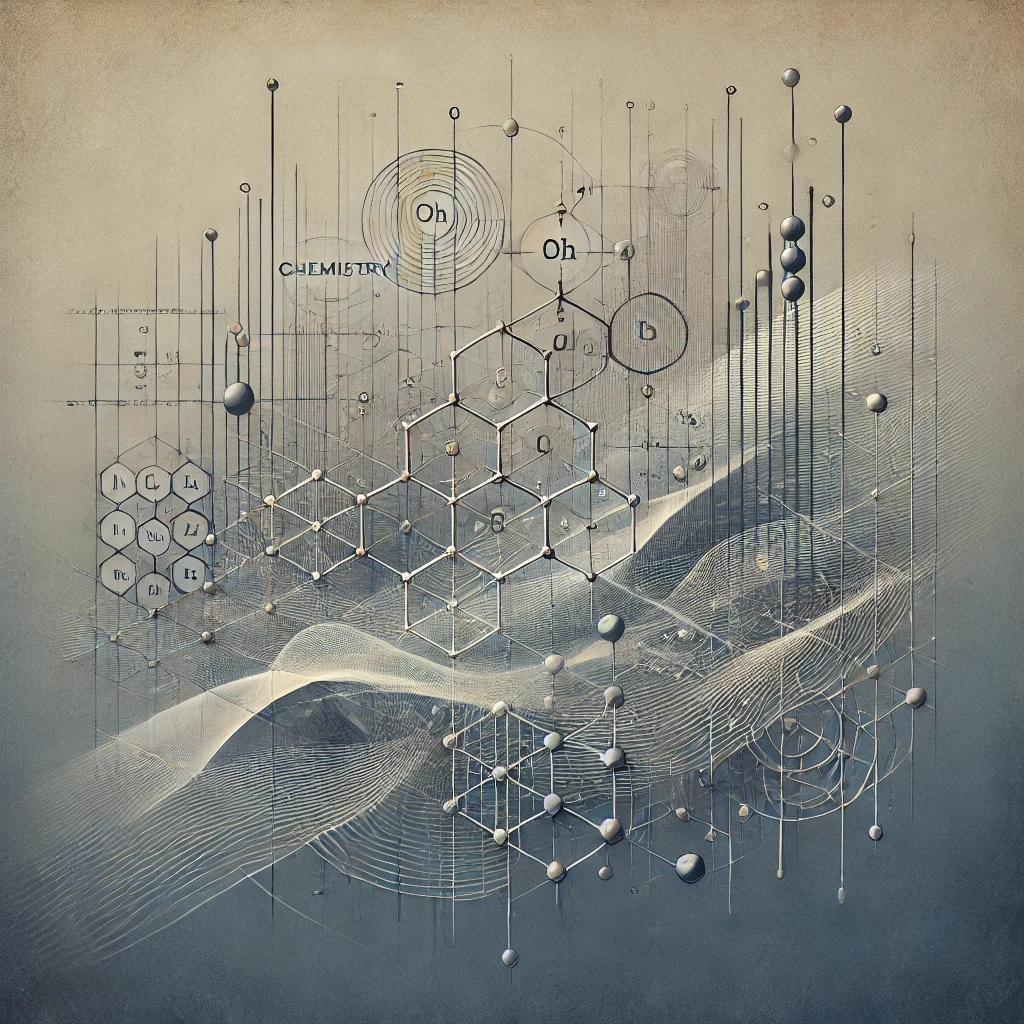
As the medieval period waned, the intellectual revival of the Renaissance rekindled the spirit of inquiry. Scholars and polymaths of the Renaissance era began to challenge the long-held Aristotelian dogmas by advocating for direct observation and experimentation. Figures such as Leonardo da Vinci exemplified the convergence of art and science, meticulously studying the mechanics of nature through detailed observation and inventive sketches.
The advent of the printing press further accelerated the dissemination of ideas, ensuring that observations and experimental findings were shared widely, thus fostering a collective advancement in knowledge. This period marked the embryonic stages of what would later be termed the “scientific method”—a systematic approach characterized by observation, hypothesis formulation, experimentation, and subsequent verification or refutation of theories. The Renaissance, therefore, represents a critical juncture in our journey from material certainty to abstract understanding, as it laid the foundational principles of empirical inquiry that were to be refined in the centuries to follow.
III. The Enlightenment: Reason, Empiricism, and the Birth of Modern Science
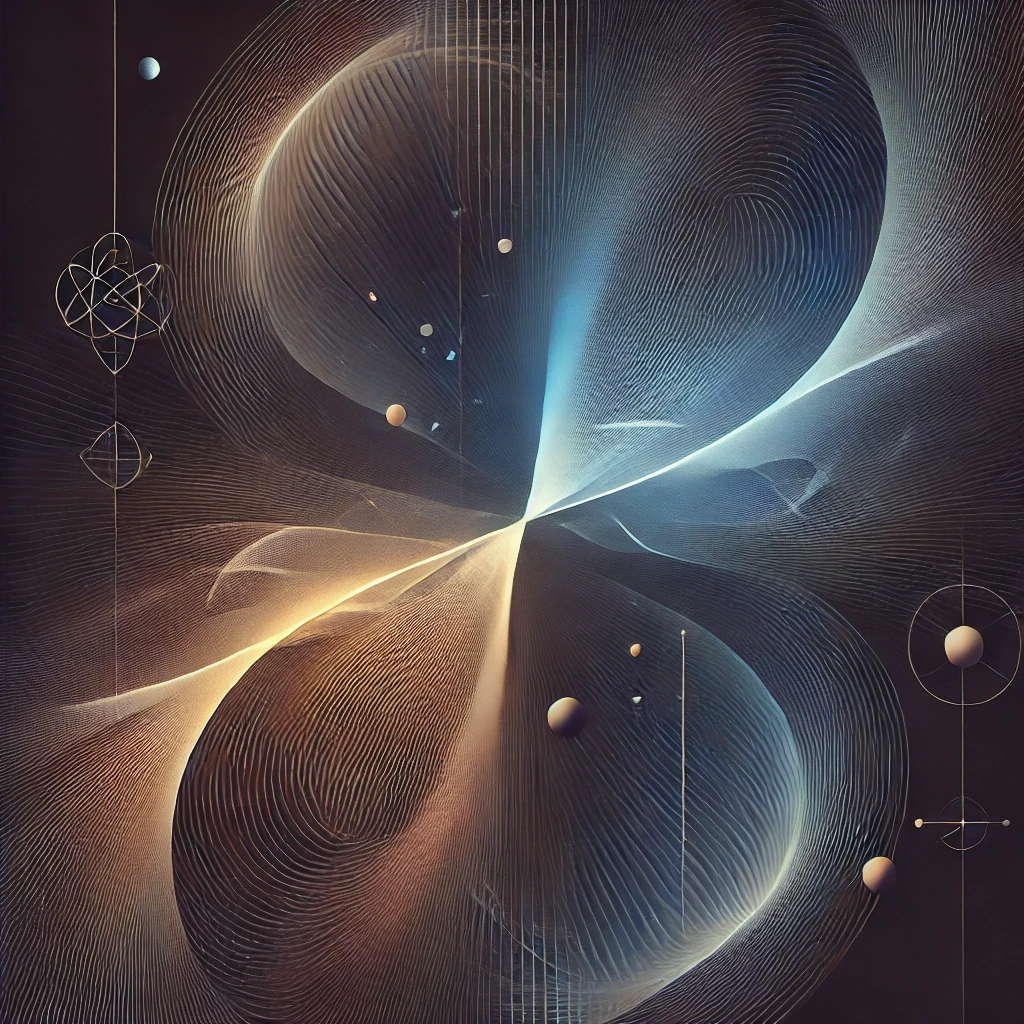
The Enlightenment was an era of profound transformation, during which reason and empiricism began to supplant tradition and superstition. The scientific method, as it is recognized today, took shape during this period, propelled by the groundbreaking work of individuals such as Galileo Galilei and Sir Isaac Newton.
Galileo’s pioneering use of the telescope to conduct systematic observations of the heavens provided empirical evidence that challenged long-standing geocentric models of the universe. His meticulous experiments and mathematical analyses exemplified a rigorous application of the scientific method, where observation was coupled with quantitative analysis to yield verifiable results. Galileo’s insistence on the primacy of empirical evidence marked a decisive shift away from speculative philosophy toward a methodology grounded in observable reality.
Newton’s formulation of the laws of motion and universal gravitation further epitomized the power of deductive reasoning when applied to natural phenomena. By synthesizing the observed behavior of falling apples with the celestial motions of the planets, Newton was able to derive universal principles that not only explained known phenomena but also predicted new ones. His work demonstrated that the universe, in its vast complexity, could be understood through a set of simple, elegant laws—a notion that has since become a guiding principle in scientific inquiry.
IV. The 19th Century: Expansion and Diversification of the Scientific Method

The 19th century witnessed an unprecedented expansion in scientific knowledge, driven in large part by the refinement and diversification of the scientific method. As the Industrial Revolution transformed society, so too did it catalyze advancements in scientific instrumentation and experimental techniques. The increased precision in measurement and observation allowed for a more nuanced understanding of phenomena that were once shrouded in mystery.
In the realm of chemistry, the periodic table—an embodiment of empirical categorization and abstraction—emerged from the work of Dmitri Mendeleev and his contemporaries. By organizing elements according to their properties and atomic weights, scientists were able to predict the existence of undiscovered elements, a testament to the predictive power of a well-structured scientific approach.
In the field of thermodynamics, the study of heat, energy, and entropy further underscored the importance of moving from the observable to the abstract. Pioneers such as Sadi Carnot, Lord Kelvin, and Rudolf Clausius formulated laws that, while rooted in empirical observations of steam engines and heat transfer, revealed profound insights into the nature of energy and the inexorable march towards equilibrium. Their work not only advanced our technological capabilities but also deepened our theoretical understanding of natural laws.
V. The 20th Century: The Advent of Quantum Mechanics and Relativity
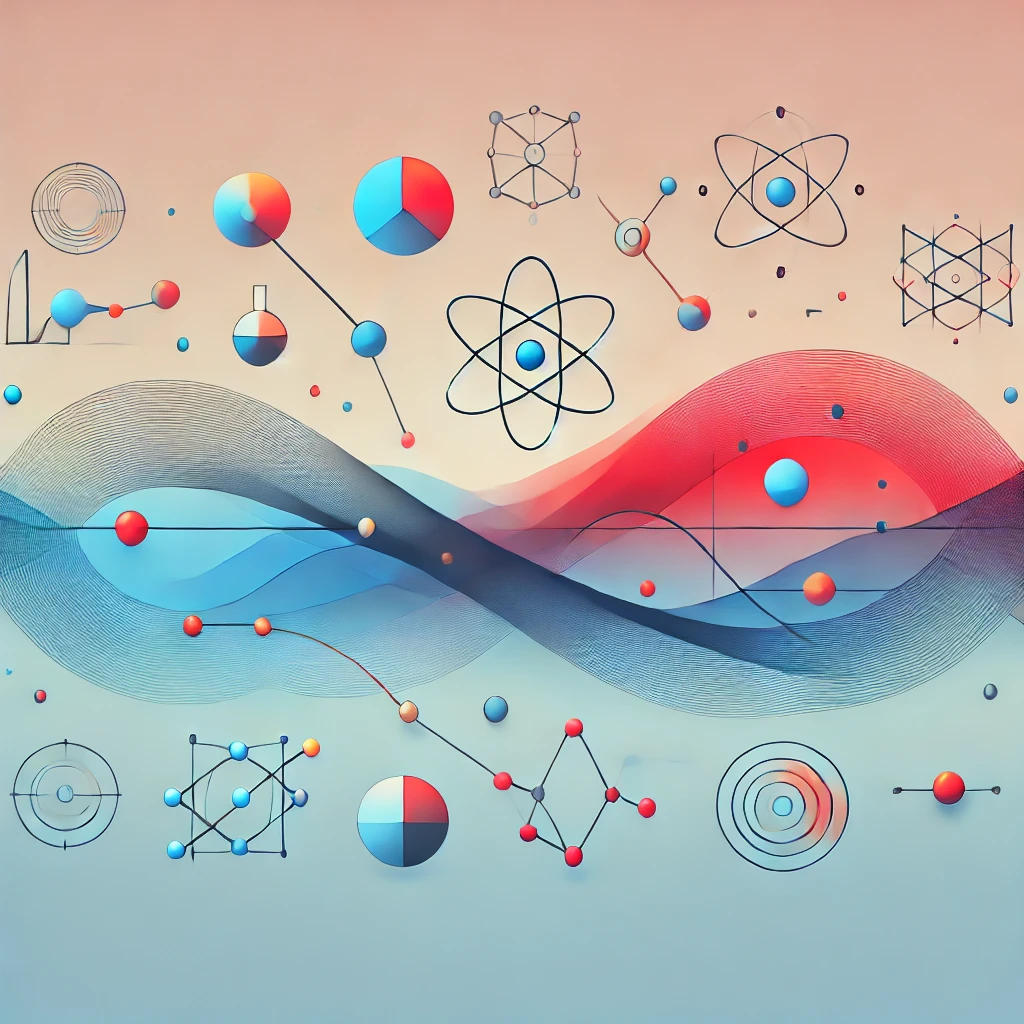
As the century turned, the trajectory of scientific inquiry took another radical turn with the advent of quantum mechanics and Einstein’s theory of relativity. These developments challenged classical intuitions and required a reexamination of the very foundations of the scientific method.
Albert Einstein’s theory of relativity revolutionized our conception of space and time. By integrating the observed constancy of the speed of light with the principles of electromagnetism, Einstein demonstrated that space and time were not absolute entities but rather interwoven dimensions that could be warped by gravity. His approach exemplified the transition from empirical observation to abstract theoretical modeling, where the physical reality of the universe was reinterpreted through a novel mathematical framework.
Quantum mechanics, on the other hand, introduced a probabilistic dimension to scientific reasoning. The work of pioneers such as Max Planck, Niels Bohr, and Werner Heisenberg revealed that at the subatomic level, nature is governed by inherent uncertainties and probabilistic outcomes. The Heisenberg Uncertainty Principle, in particular, encapsulated the shift from deterministic predictability to statistical descriptions, forcing scientists to embrace a form of reasoning that reconciled the material and the abstract in a fundamentally new way.
These revolutionary developments underscored the versatility of the scientific method. By adapting its principles to accommodate phenomena that defied classical explanations, scientists were able to expand the boundaries of human knowledge into realms that were once considered beyond the reach of empirical inquiry.
VI. The Philosophical Underpinnings and Methodological Evolution
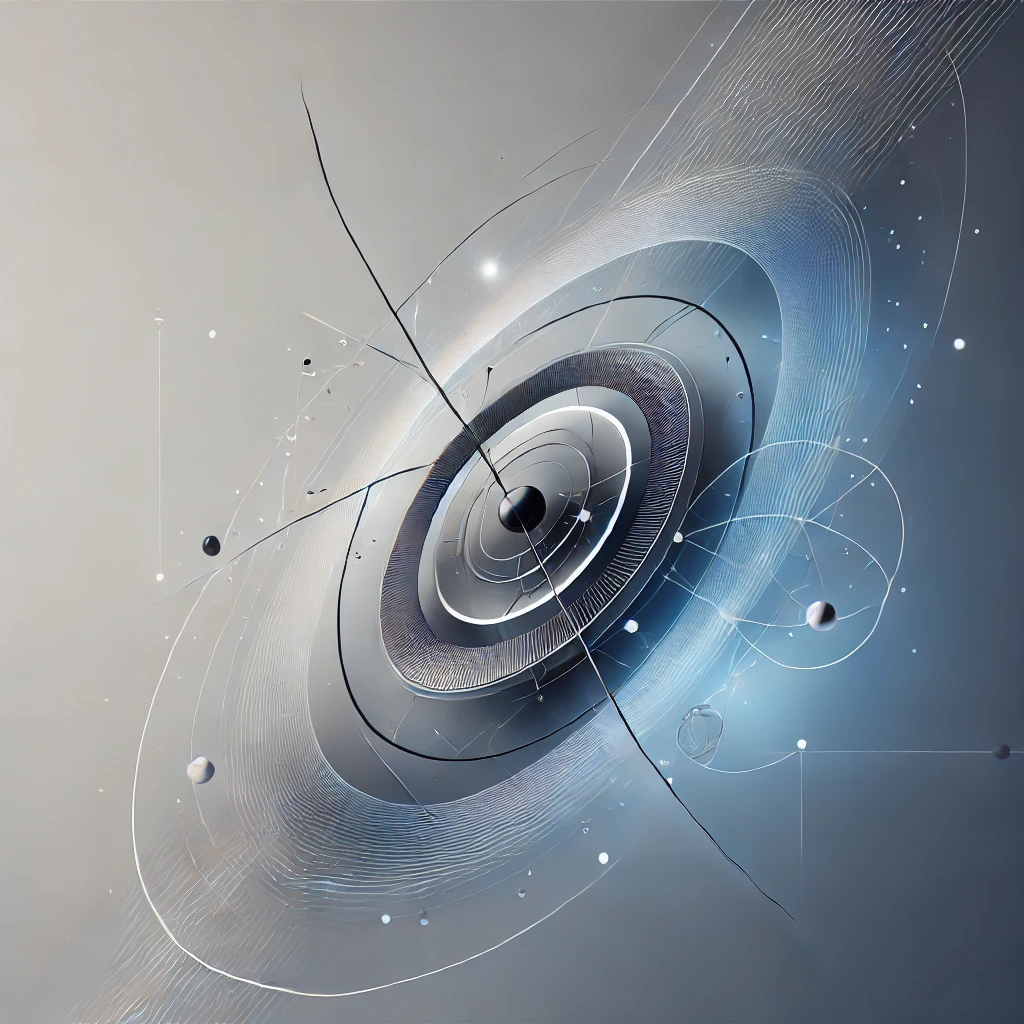
The evolution of the scientific method is not merely a chronicle of technological advancements and experimental breakthroughs; it is also a testament to the enduring philosophical quest to understand the nature of knowledge itself. At its core, the scientific method embodies a dialectic between skepticism and acceptance—a continuous interplay of hypothesis, testing, and revision that mirrors the philosophical tradition of questioning the world around us.
This dialectical process is evident in the way scientific theories are constructed and refined. Initial observations lead to the formulation of hypotheses, which are then rigorously tested against empirical data. When discrepancies arise, theories are either modified or replaced entirely—a process that ensures the integrity and robustness of scientific knowledge. This iterative cycle of reasoning reflects a profound epistemological commitment: that our understanding of the universe is always provisional, subject to refinement as new evidence emerges.
Philosophers of science, such as Karl Popper and Thomas Kuhn, have further illuminated the methodological evolution of scientific inquiry. Popper’s emphasis on falsifiability as a demarcation criterion for scientific theories underscores the importance of subjecting hypotheses to rigorous testing and potential refutation. Kuhn’s analysis of scientific revolutions, on the other hand, highlights how paradigm shifts—moments when the prevailing framework is fundamentally challenged—are integral to the advancement of scientific thought. Together, these philosophical insights provide a deeper understanding of how the scientific method functions not only as a tool for discovery but also as a dynamic, self-correcting system of knowledge production.
VII. The Interplay Between Abstract Theories and Practical Applications

One of the most compelling aspects of the scientific method is its capacity to bridge the gap between abstract theoretical constructs and practical, real-world applications. The history of scientific endeavor is replete with examples where abstract reasoning has led to tangible technological innovations that have transformed society.
Consider, for instance, the development of electromagnetism. The theoretical work of James Clerk Maxwell, which unified the forces of electricity and magnetism into a coherent framework, paved the way for the advent of modern communications technology. Maxwell’s equations, although abstract in formulation, eventually gave rise to practical applications such as radio, television, and wireless communication—technologies that have reshaped the fabric of contemporary life.
Similarly, the abstract insights gleaned from quantum mechanics have had profound implications for technology. The development of semiconductors, lasers, and magnetic resonance imaging (MRI) can all be traced back to the theoretical foundations of quantum theory. These innovations illustrate how abstract principles, once considered purely theoretical, can be harnessed to address practical challenges and improve the human condition.
The interplay between theory and application is not unidirectional; practical challenges often inspire new lines of inquiry that, in turn, lead to further theoretical refinement. This symbiotic relationship underscores the dynamic nature of the scientific method, where the boundaries between the abstract and the concrete are continually redefined.
VIII. The Role of Technology in Shaping Scientific Inquiry

Advancements in technology have consistently augmented the capabilities of the scientific method, allowing researchers to probe deeper into the mysteries of the universe. Instrumental innovations—from the microscope and telescope to particle accelerators and space observatories—have expanded the horizon of what can be observed and measured. Each technological breakthrough has enabled scientists to test hypotheses with unprecedented precision, thereby reinforcing the iterative process of observation, hypothesis, experimentation, and verification.
For example, the invention of the electron microscope in the 20th century revolutionized the field of biology by enabling the visualization of structures at the molecular level. This leap from the visible to the sub-visible realm provided new insights into cellular processes and the intricate machinery of life, further blurring the distinction between the tangible and the abstract. Similarly, the deployment of space telescopes has opened up new vistas in astrophysics, revealing phenomena that challenge our conventional understanding of space and time.
The technological augmentation of the scientific method exemplifies its adaptive nature. As new tools emerge, the boundaries of inquiry expand, allowing scientists to confront questions that were once relegated to the realm of speculation. In this way, technology and the scientific method operate in tandem, each propelling the other toward greater heights of discovery and understanding.
IX. Contemporary Reflections: The Scientific Method in the Modern Age

In our contemporary era, the scientific method continues to serve as the backbone of intellectual inquiry, guiding research across an array of disciplines—from the natural sciences to the social sciences and even into the realms of the humanities. Today, the principles of systematic observation, hypothesis testing, and critical analysis are applied not only in laboratories and observatories but also in fields as diverse as economics, psychology, and artificial intelligence.
The digital revolution, with its vast repositories of data and powerful computational tools, has further enhanced the scope and depth of scientific inquiry. Big data analytics and machine learning algorithms now enable scientists to uncover patterns and correlations that were previously obscured by the limitations of human perception. This convergence of technology and methodology exemplifies the enduring relevance of the scientific method as it adapts to new challenges and opportunities.
Moreover, the collaborative nature of modern science—facilitated by global networks of researchers and open-access publications—has democratized the pursuit of knowledge. In this interconnected landscape, the scientific method is no longer confined to isolated institutions or national laboratories; rather, it is a collective enterprise that transcends geographical and cultural boundaries. Such a development not only enriches our understanding of the natural world but also reinforces the notion that the quest for knowledge is a universal human endeavor.
X. Conclusion: A Legacy of Inquiry and a Vision for the Future
In conclusion, the scientific method stands as the most powerful instrument by which humanity has expanded its understanding from material certainty into realms of abstract profundity. Through a meticulous process of observation, hypothesis formation, experimentation, and critical revision, scientists have steadily peeled away the layers of mystery that enshroud the natural world. From the early musings of ancient philosophers to the sophisticated theories of contemporary physics, the evolution of scientific inquiry is a testament to the indomitable human spirit of curiosity and innovation.
The historical trajectory of the scientific method reveals not only a progression of knowledge but also a transformation in our very way of thinking. The transition from mythos to logos—from unexamined tradition to evidence-based reasoning—has reshaped our worldview, enabling us to harness the power of abstraction to understand and manipulate the forces of nature. As we stand on the cusp of new frontiers in fields such as quantum computing, biotechnology, and space exploration, the principles of the scientific method remain as pertinent as ever, guiding us toward a future where the boundaries of knowledge are continually redefined.
Esteemed reader, it is my considered opinion that the legacy of the scientific method is not merely a chronicle of past achievements but a living, evolving paradigm that will continue to illuminate the path toward greater understanding. As we confront the complex challenges of the modern world—be they technological, environmental, or societal—we must remain steadfast in our commitment to rigorous, evidence-based inquiry. In doing so, we honor the rich tradition of scientific endeavor and reaffirm our collective belief in the power of reason to unlock the mysteries of the universe.
Epilogue: Embracing the Journey from the Material to the Abstract
The narrative of the scientific method is one of perpetual transformation—a journey from the concrete to the abstract, from the observable to the inferential, and from the immediate to the eternal. As we reflect upon the milestones of scientific progress, we are reminded that each discovery, each innovation, is a stepping stone in the endless quest for knowledge. The scientific method, in its relentless pursuit of truth, invites us to challenge our assumptions, to question the obvious, and to seek out the hidden patterns that govern the cosmos.
In a world where uncertainty and complexity abound, the scientific method offers a beacon of clarity and rationality. It is a reminder that our understanding of the universe is not static but dynamic, continuously shaped by inquiry, debate, and discovery. Thus, as we look to the future, let us remain inspired by the enduring power of the scientific method—a legacy of human ingenuity that transforms material certainty into abstract profundity and, in so doing, illuminates the path to a more enlightened and just society.
In presenting this comprehensive historical and philosophical exploration, it is hoped that the reader gains a profound appreciation for the scientific method as not merely a tool for discovery, but as a transformative process that has fundamentally altered our perception of reality. Through centuries of relentless inquiry and intellectual rigor, the scientific method has proven to be the most potent vehicle for transcending the limitations of immediate sensory experience, guiding us inexorably toward a deeper, more nuanced understanding of the natural world.
